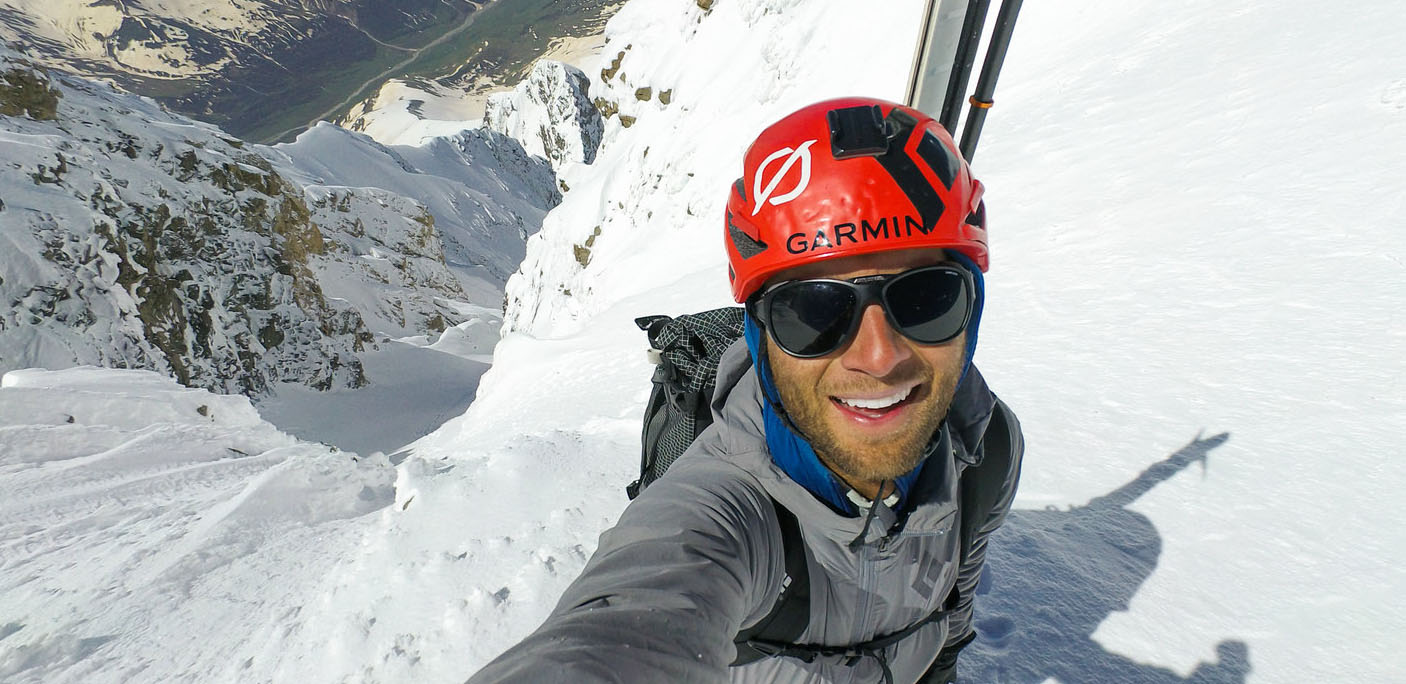Backcountry Skiing and Safety with Brody Leven

February 3, 2021
With ski resorts operating at limited capacity, Brody Leven covers what resort skiers should know before transitioning to the backcountry.
At 33 years old, Brody Leven has dedicated his life to the backcountry and is widely considered one of the premier backcountry skiers in the world, having claimed first descents in various corners of the globe. With ski resorts operating at limited capacity, more and more people are pushing their limits into the backcountry — and that comes with a whole new set of safety considerations. Here, Brody highlights what resort skiers should be aware of before transitioning to the backcountry.
Why is backcountry safety so important?
While most people see the beautiful photography or videos of backcountry skiing, what they may not see is how much preparation and training is needed to become a safe and proficient backcountry skier. It is an extreme sport because there are just so many dangerous, variable elements to the sport. This is the number one thing I try to impress upon new backcountry skiers.
Backcountry skiing can truly be a life-changing experience — unfortunately, it can be for better or for worse. The outcome is almost always dictated by 1) an individual’s knowledge and respect for the natural elements they are in, and 2) preparation they make before they even step foot in the backcountry.
What are the three most common mistakes people make when getting into backcountry skiing?
My first time in the backcountry, I didn’t know what I didn’t know, which is a common trait among folks finding themselves in the backcountry and also a contributing factor to many backcountry accidents. I had a friend who said he knew the backcountry, and I just trusted him without properly preparing. Don’t do that. That will get you into trouble quickly.
Since then, I’ve wised up. I’ve still probably made most of the mistakes that can be made in the backcountry, so I don’t want others to make them. Here are the three biggest things I see when people get into the backcountry.
- A lack of education is the biggest problem. This is the biggest contributor to avalanche accidents. You need to research, respect and understand the mountain before you head out.
- Another issue is having the fitness and skiing expertise but being unfamiliar with backcountry skiing specifically — it’s an entirely different sport than resort skiing. For example, good skiers can’t expect to “outrun” avalanches, and the avalanches certainly don’t care that they’re good skiers. Avalanches don’t discriminate. Strangely enough, skiers are much more likely to find themselves in avalanche terrain because avalanches are most likely to happen on slopes 35 to 40 degrees, which is exactly the steepness that good skiers enjoy the most.
- It’s critical to understand wilderness first aid for when things go wrong, meteorology to make sure a skier isn’t getting stuck in a storm and navigation to prevent an unwanted and maybe deadly “night out,” etc.
What can resort skiers do while transitioning into the backcountry and still stay safe?
The most important but often overlooked aspect of backcountry skiing is understanding that it’s no longer solely about recreation; backcountry skiing is about understanding the danger associated with the sport and managing it appropriately so you can stay safe and enjoy your time.
An important thing a resort skier can do to transition into the backcountry is find someone who wants to join you. People often think of backcountry skiing as a solitary element, but it is actually very social. For example, the majority of backcountry skiing is actually hiking up the mountain to get to your line. You have hours to hike up a mountain, so having someone there to share the experience makes it more enjoyable.
More importantly, though, I make sure to almost never go alone, because a partner is the most important element of a partner rescue and staying safe.
How does Garmin technology play into your backcountry experience?
The two items I use the most are going to be my fēnix 6 Pro Solar smartwatch and my inReach device1. Here’s how I use them year-round.
Before: Backcountry skiing is a year-round activity, even though the skiing itself isn’t. In the late spring, it’s a good time to decompress and debrief from the ski season — what went wrong, what went right, etc. In the summer, start to build a solid base of fitness, track it to understand your progression, and remember the end goal when you’re sweating in the middle of July: powder turns! And the autumn is a great time to maintain that aerobic base while reviewing and refreshing all of the information that makes you a safe and informed backcountry skier.
The fēnix smartwatch is a tool I use both in the moment and year-round. Ninety percent of backcountry skiing is hiking uphill, so being in shape is critical. I track my year-round fitness with my Garmin fēnix 6 Pro Solar, which allows me…
